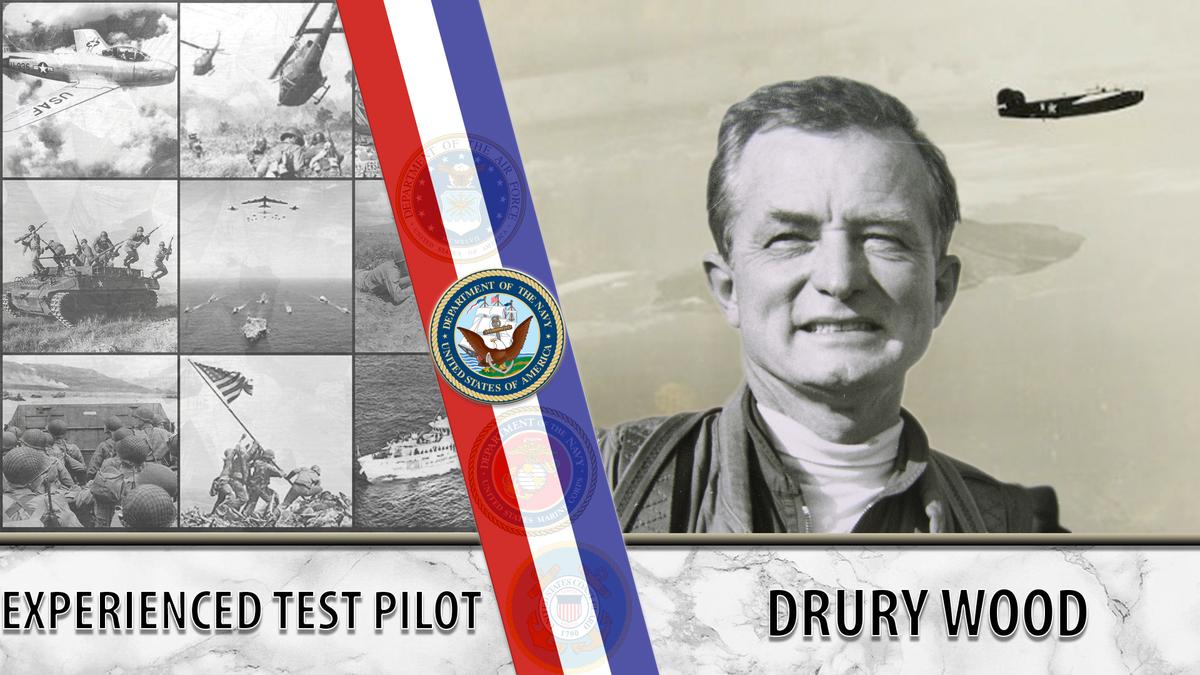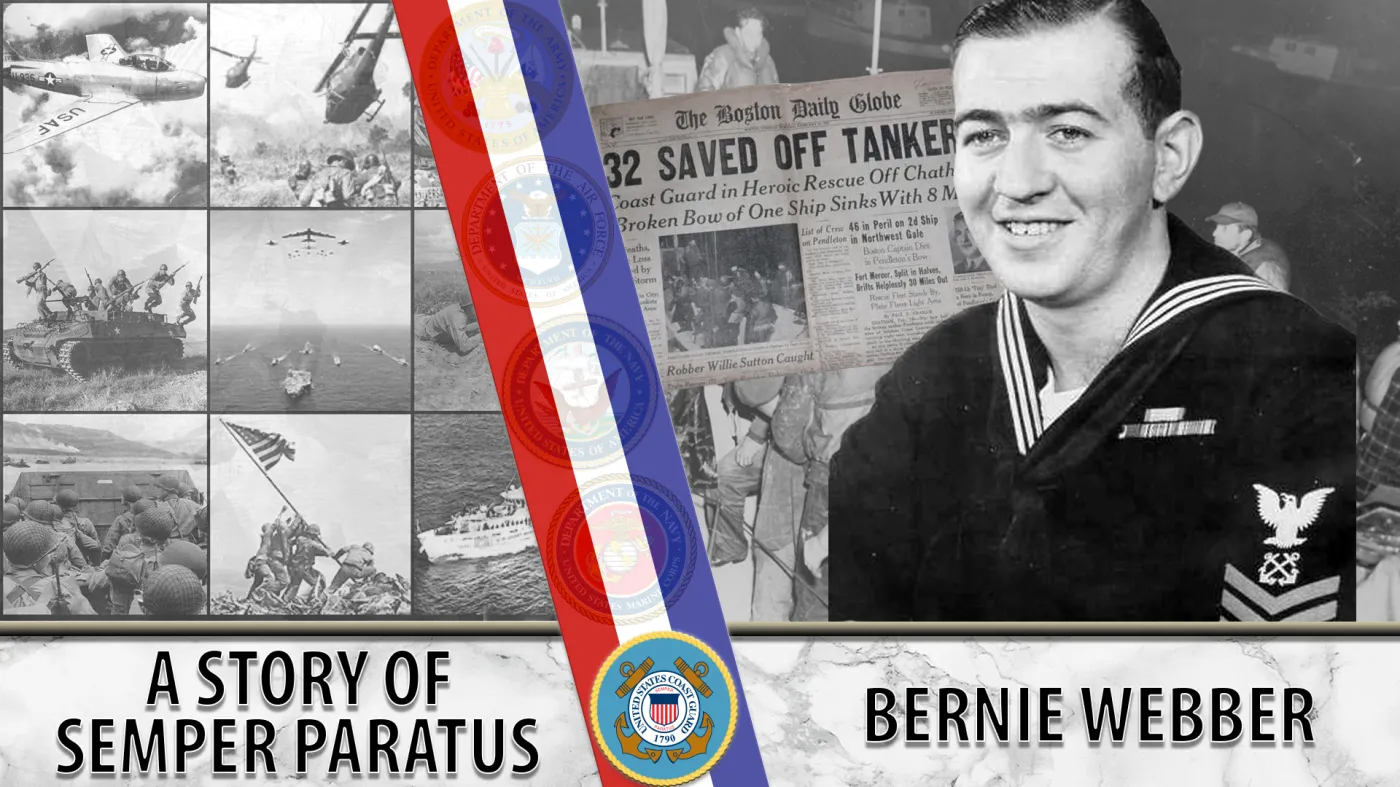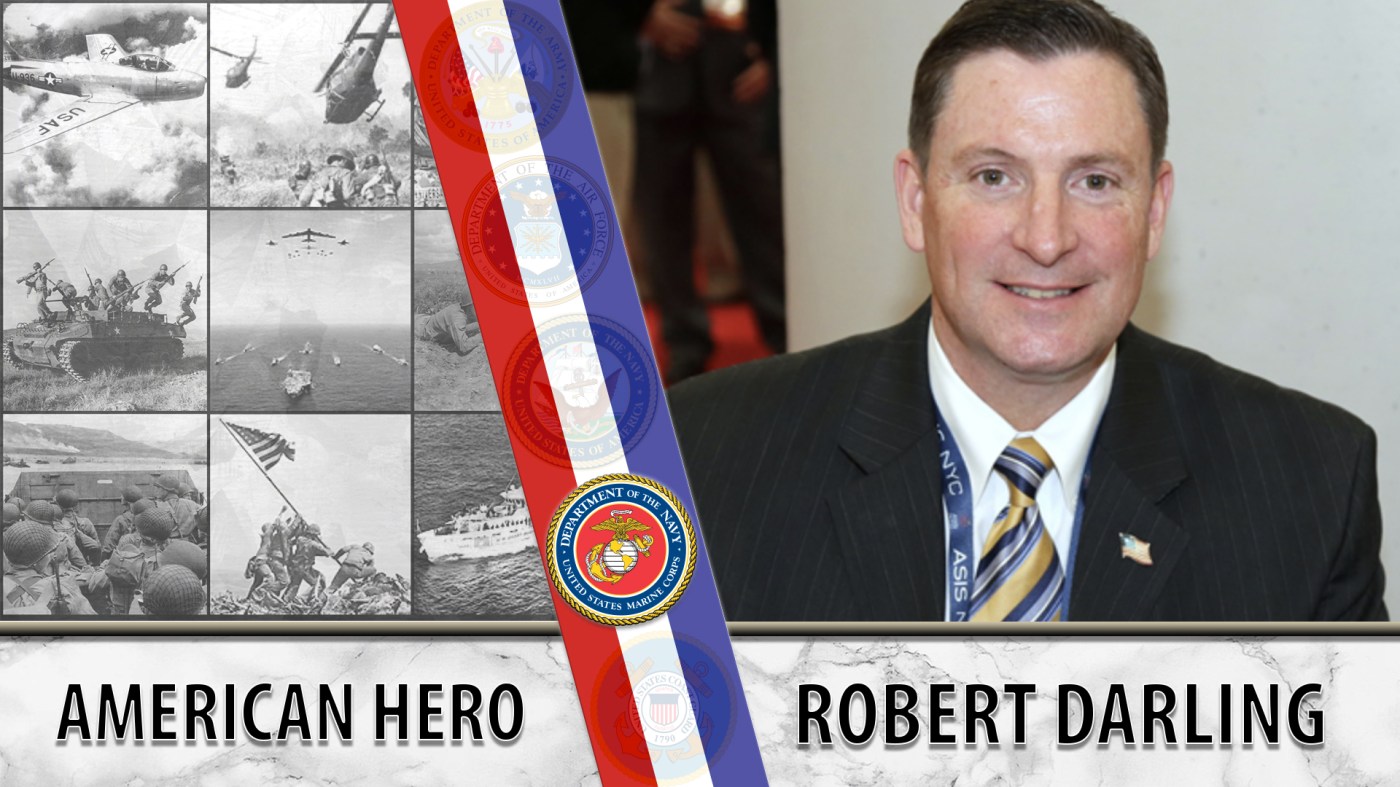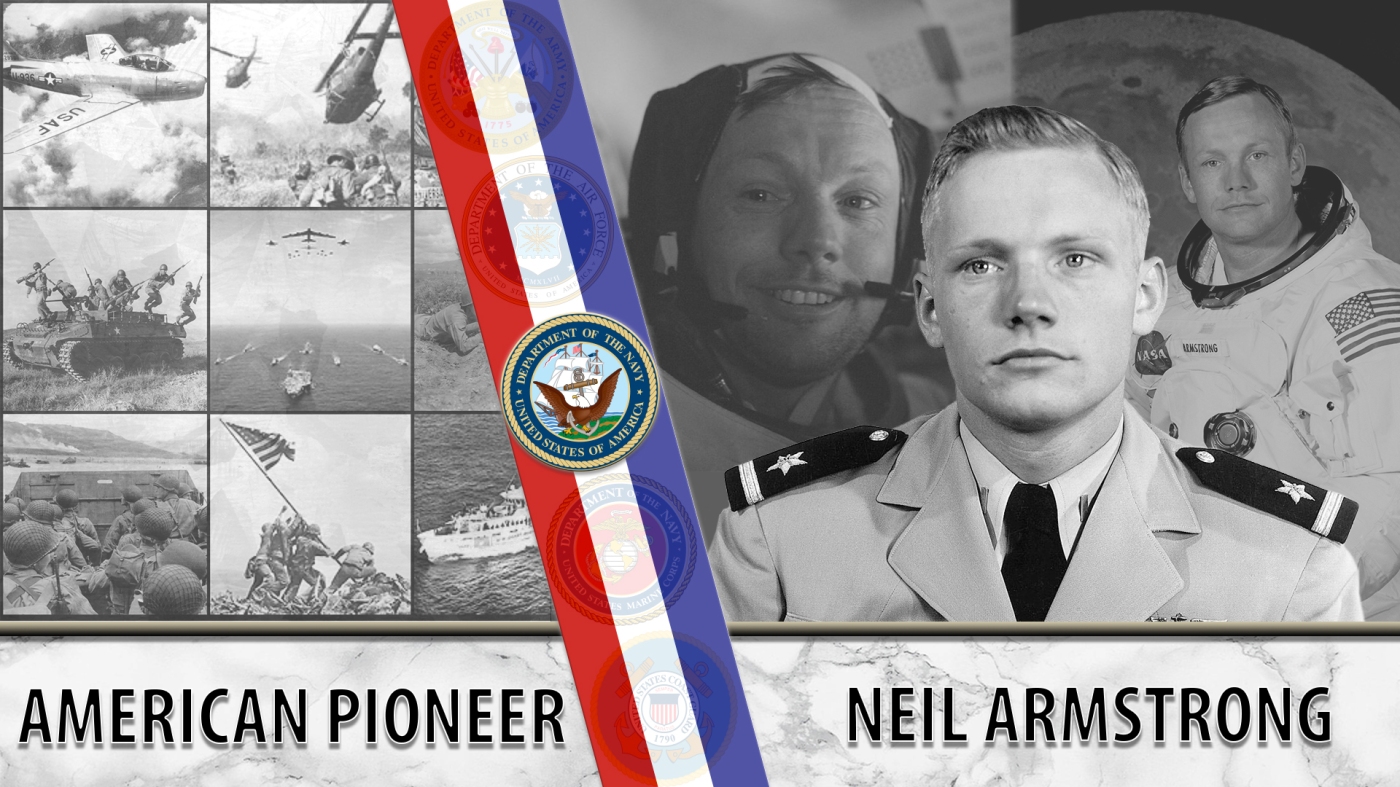
Drury Wood served as a Marine Corps fighter pilot during World War II and the Korean War. He later tested planes for companies in the U.S. and Germany.
Before an aircraft is approved for mass production, it needs to pass inspection. The aircraft must get off the ground successfully, endure changing conditions while in flight, and remain workable until returning to the ground. Marine Corps test pilot Major Drury Wood Jr., considered these factors when he flew experimental and modified aircraft.
Captivated by flight after a ride in a Ford Tri-Motor, Wood enlisted in the Navy Flight Program on Dec. 8, 1942. In February 1943, he attended training in Georgia. In Flight School, he learned to fly fighter planes in preparation for aerial combat against Japan.
After graduating in April 1944, Wood was sent to California where he flew Vought Corsair planes. He soon became a replacement pilot on the USS Bennington, for which he flew bombing missions in Okinawa and the Ryukyu Islands in Japan. Wood was also among the first pilots to bomb Tokyo in the aftermath of the 1942 Doolittle Raid. For his service during the war, Wood received the Distinguished Flying Cross.
When the war ended, Wood transferred to Marine Fighter Squadron 225 in North Carolina, where he was part of a demonstration team. He also worked as a Forward Air Controller before being sent to Memphis, Tenn., to the Aviation Electronics Officers School.
After leaving the service, Wood worked as an operations officer at Camp Pendleton, Calif. He was soon called back up to active duty, and deployed to Korea in September 1950. There, he fought in the Battle of Incheon, and his squadron supported the Marine infantry divisions into battle against the Chinese in North Korea at the Battle of Chosin Reservoir in November.
In 1952, Wood attended the U.S. Navy Test Pilot School in Maryland. Upon graduating, he served there as a flight instructor and operations officer. Wood also worked with future astronaut Alan Shepard and taught John Glenn, who later became the first American to orbit the Earth.
In 1955, Wood accepted an offer from the Douglas Aircraft Company to work as a test pilot. He transferred to reserve status and then went to Edwards Air Force Base in Southern California. Wood worked with noted fighter pilots Chuck Yeager and Bud Anderson while at Edwards and tested multiple new planes.
Wood left the Douglas Aircraft Company when they began to focus more on missile testing than planes. He worked for the Northrop Grumman Corporation and the Army Test and Evaluation Center for two years before receiving an offer to fly as a test pilot for the Dornier Aircraft company in Munich, Germany, in 1964.
Wood was the only pilot to test or fly the DO 31, a military vertical and short take-off and landing transport with ten engines. He also maintains five still-standing world records in flight. He later received the German Distinguished Service Cross for his work with Dornier. Wood estimated that he flew over 150 different kinds of planes by the end of his military and test pilot career.
After returning from Germany, Wood attended Sonoma State University in California and earned a bachelor’s degree in environmental science and urban planning. He later became president of the Society of Experimental Test Pilots, which hosted the Mercury astronauts when they were awarded the Kincheloe Award for professional accomplishment in the field of test piloting. Wood also worked in an antique store, where a conversation with an Army colonel convinced him to finish his military career, so he joined the California National Guard.
Late life
When he retired from active service, Wood became active in Veterans’ organizations such as The Chosin Few and attended reunions with members of his Korean fighter squadron. He was also a member of the Royal Aeronautical Society and the Pioneers of Naval Aviation Association.
Wood was inducted into the Oregon Aviation Hall of Honor at the Evergreen Aviation Museum in 2015 and honored on the Wall of Honor at the Smithsonian Air and Space Museum in Washington, D.C. He died on Sept. 9, 2019. He was 95.
We honor his service.
Several of the details for this story were sourced from the Evergreen Aviation and Space Museum, Wood’s obituary, and the Smithsonian National Air and Space Museum.
Writer: Sarah Concepcion
Editor: Joseph Cardinal
Fact Checker: Crystal Moore
Graphics: Brett Blandford
Topics in this story
More Stories
Bernie Webber led one of the greatest Coast Guard rescues in history that was later chronicled in the book and movie, “The Finest Hours.”
As the events of 9/11 unfolded, Marine Veteran Robert Darling served as a liaison between the Pentagon and Vice President Dick Cheney in the underground bunker at the White House.
NASA astronaut Neil Armstrong was the first person to walk on the moon. He was also a seasoned Naval aviator.






